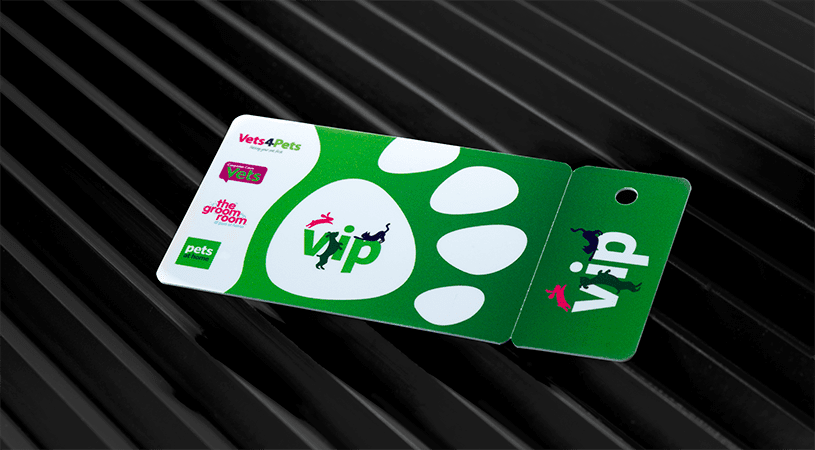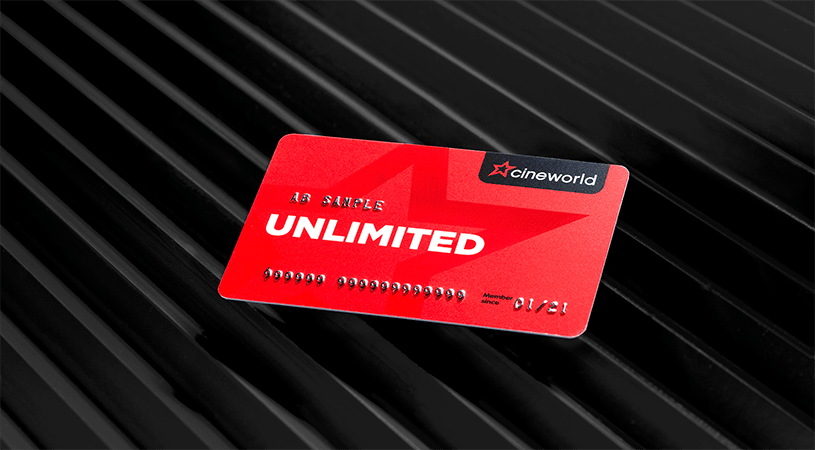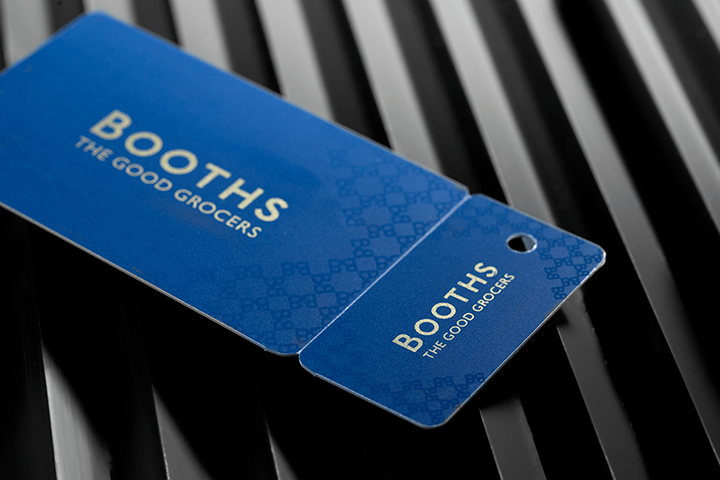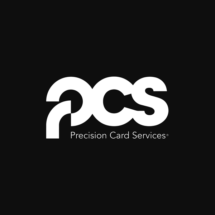When many businesses consider instating a store card system, one of the biggest problems that they face is working out how exactly they are going to make a return on this system. Store card systems are such that they don’t tend to generate a fixed return and therefore it can be hard to understand the tangible gains of this type of system, especially as there is generally no direct monetary return on this investment.
Store cards work in a completely different way to a generic advertising campaign in that they aim to draw in clients who, through repeat cliental will help to build up the brand of your business and continue to pour money into your company. If your business is prepared to look at this as a long-term investment then it can be seen as incredibly profitable, but over a short-term period this could be otherwise seen as a drawback.
How does a store card work?
Store cards are designed to offer customers a reason to continue to shop at your store in comparison to the other stores that are available – mainly due to the fact that they can offer customers the ability to build up rewards point which they can then exchange for products or even cash back – an appealing offer for simply choosing to shop and the same store time and time again.
Store cards gather information about customers and in return they get a handy-sized plastic card which they can slip into their wallet and pull out each time they are looking to make a purchase. The information gathered on a store card can allow you to really target your promotions and engage closely with the needs of your customers.
What are the benefits of using a store card?
A number of benefits can be brought about through the use of store cards. Some common benefits that you may experience include:
- Increased customer retention
- The ability to collate customer information and target your campaign accordingly
- The ability to provide brand marketing across a store card
- The ability to run campaigns specifically for your members.




